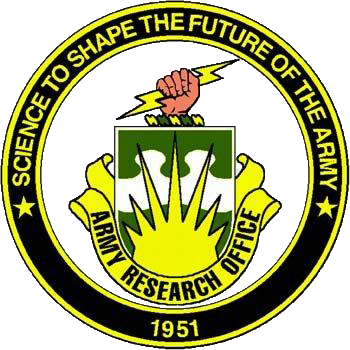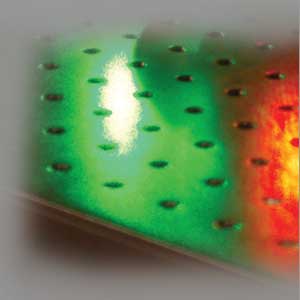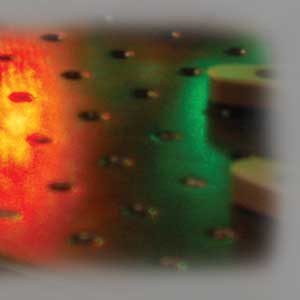Overview of Our Research Interests
Modern optical physics aims at studying and controlling atomic or molecular dynamics at the quantum or macroscopic level using sculpted light fields. The following is a brief description of some of the ultra-fast atomic physics interests in our group.
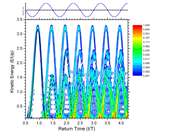
AttoPhysics
The new millennium witnessed the addition of the word "attosecond" (1 as = 10-18 s) to the vocabulary of physics. Light pulses with attosecond duration are generated either by nonlinear frequency conversion of an ultra-short infrared pump pulse or Fourier synthesis of broad bandwidth radiation. Attosecond light pulses are an important scientific advance since the duration corresponds to the electron(s) motion time-scale in the atomic ground state (atomic unit of time = 24 as).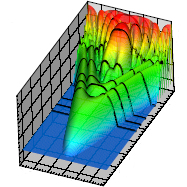
Strong Field Physics
The fundamental physics associated with an isolated atom interacting with an intense ultra-fast light field provides an important focus in our group. This interaction results in the production of high energy electrons (kilovolts), energetic photons (soft x-rays) and excitation of correlated electron motion.
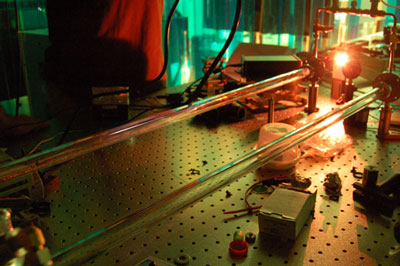
Ultra-fast optical tehcnology
Advances in the generation, amplification, control and measurement of femtosecond laser pulses has had tremendous impact on many facets of science, technology, medicine and national security. Our group is active in the state-of-the-art development of the optical “tools” needed for studying strong-field atomic physics and laser sources that will enable various applications.
X-Ray Physics
The first x-ray free electron laser (XFEL) will be realized in 2008 at Stanford Linear Accelerator Center (SLAC). The XFEL will achieve an extraordinary set of output parameters but the unparalleled advance in comparison to all existing x-ray sources is the unprecedented peak power. The XFEL will be the first tool that unequivocally moves the physics into a new and unexplored interaction regime. Our group will use the SLAC XFEL to study this new physical regime using atomic physics techniques.

Agostini - DiMauro
Atomic Physics Research Group
Atomic Physics Research Group


